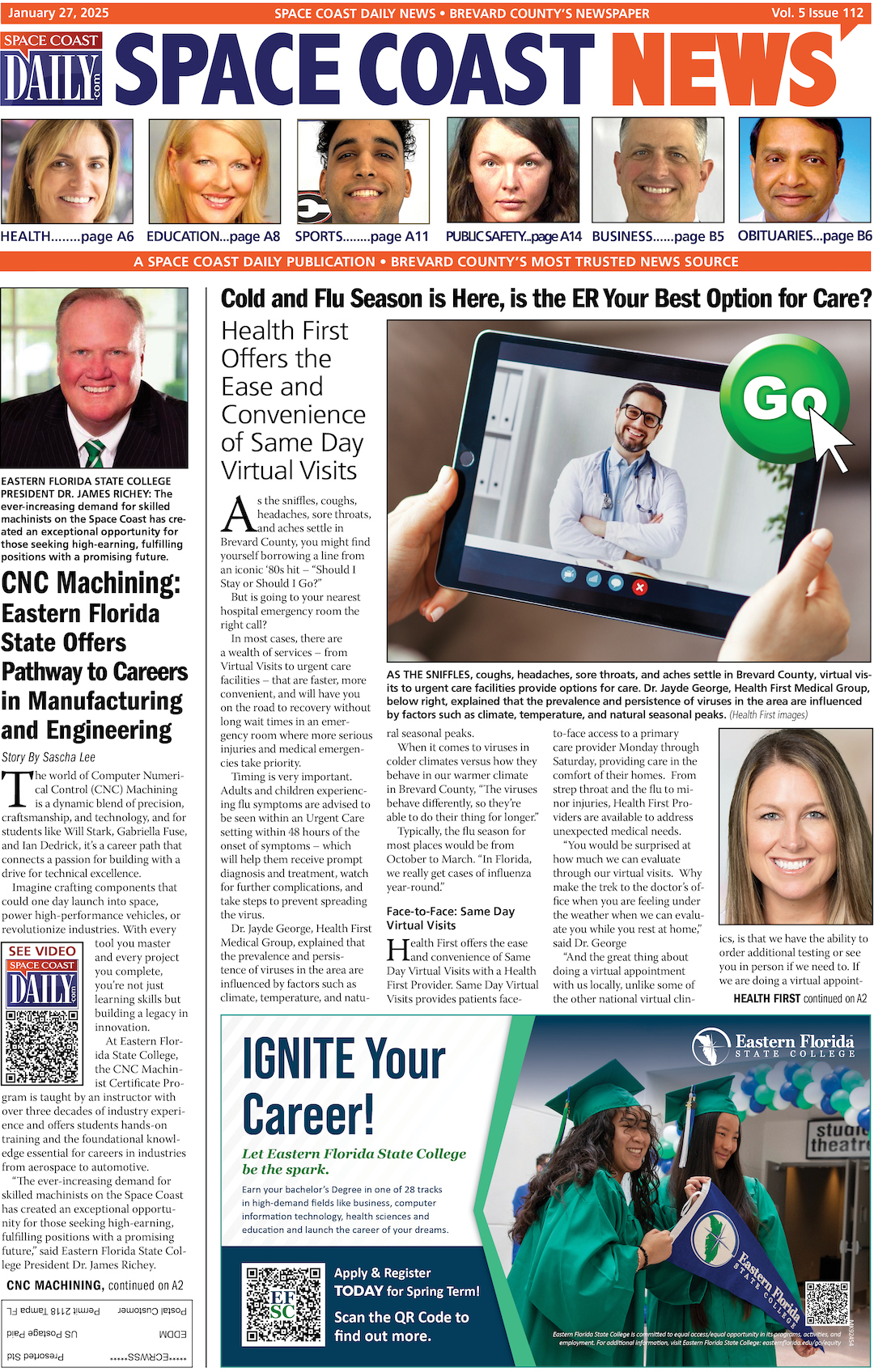How to Choose Onboarding Workflow Software for Remote Teams?
By Space Coast Daily // November 12, 2024

In today’s global work environment, remote teams have become the norm rather than the exception. And when it comes to onboarding new employees, having the right tools and processes in place is crucial for success.
In this article, we will explore how to choose the best onboarding workflow software for your remote team. With a focus on simplicity, efficiency, and seamless integration into your existing systems, finding the right software will elevate your onboarding process and set your remote team up for success.
1. Understand Your Team’s Needs
Before diving into the world of onboarding workflow software options, take some time to understand your team’s specific needs and requirements. Different teams might require different features and integrations based on their industry and preferred way of working. Consult with your HR department, managers, and current team members to get a clear picture of what you need from an onboarding solution.
2. Streamline Processes with Automation
One of the main benefits of using onboarding workflow software is its ability to automate tasks and streamline processes for a smoother experience. Look for software that offers customizable workflows so you can easily design a process that aligns with your company’s unique requirements. This will help reduce human errors and save valuable time by eliminating repetitive administrative tasks.
3. Prioritize User-Friendliness
User-friendliness should be at the top of your list when evaluating different onboarding workflow software options. Remote teams often consist of employees who work from various locations around the globe, making it crucial to choose software that is intuitive and easy to navigate without requiring lengthy training sessions or support from IT personnel.
4. Ensure Integration Capabilities
To make full use of your chosen onboarding workflow software, it’s important to ensure that it integrates seamlessly with other tools already in use by your remote team. From communication platforms like Slack or Microsoft Teams to file-sharing systems like Google Drive or Dropbox – integration ensures smooth information exchange across all platforms, avoiding duplication and confusion along the way.
5. Security is Paramount
Handling sensitive employee information during the onboarding process requires top-notch security measures. Implementing a software solution with robust security features – such as data encryption, access controls, and regular backups – will protect your team members’ data from any potential threats or leaks.
6. Scalability for Future Growth
Your onboarding workflow software should not just meet your current needs but also have room for future growth. Consider the scalability of the solution you choose to ensure it can accommodate an increasing number of employees without sacrificing performance or productivity.
7. Get Feedback From Your Remote Team
To make sure your chosen onboarding workflow software truly meets the needs of your remote team, involve them in the decision-making process. Gather feedback and insights from key stakeholders, team leaders, and HR personnel to gain a comprehensive understanding of what they expect from an ideal onboarding software solution.
8. Evaluate Customer Support and Training Options
When implementing a new onboarding workflow software for your remote team, consider the level of customer support and training options provided by the software provider. Opt for a solution that offers comprehensive support through different channels such as email, chat, or phone. Additionally, look for software that includes training materials like video learning tutorials or user guides to ensure your team can quickly adapt to the new system.
9. Consider Customization Potential
Each company has its unique processes and requirements when it comes to onboarding new hires. It’s essential to choose onboarding workflow software that allows for customization to align with your specific needs. Look for a solution that offers flexibility in creating custom fields, templates, and workflows so you can tailor the system to fit seamlessly within your existing processes.
10. Cost Analysis and Return on Investment (ROI)
While price should not be the sole determining factor, it is important to consider the cost of implementing an onboarding workflow software for your remote team. Take into account both the upfront costs and any recurring subscription fees. However, don’t forget to calculate the potential return on investment (ROI) of using the software as well. A more expensive solution might provide better automation and time-saving features that easily offset the initial investment.
Conclusion
Choosing the right onboarding workflow software for your remote team requires careful consideration of their unique needs and requirements. By prioritizing automation, user-friendliness, integration capabilities, security measures, scalability, and consulting with your team members throughout the decision-making process, you can find a software solution that enhances your onboarding experience and sets your remote team up for success.












